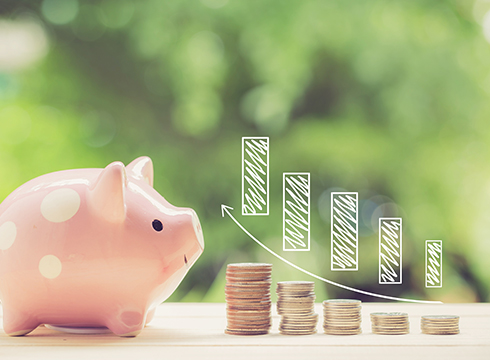Budgeting Skills for Students: How Parents Can Help
Tagged as: Youth & Finances

Budgeting Skills for Students: How Parents Can Help
Checking Accounts
Whether you like dividends, rewards, or just "free," we have the account for you.
Financial Education
Stay informed about the latest news and scams, and learn how to reach your goals.
Become a Member
Join 1st United Credit Union today!
Subscribe to Our Blog
* Required
We appreciate your interest.

